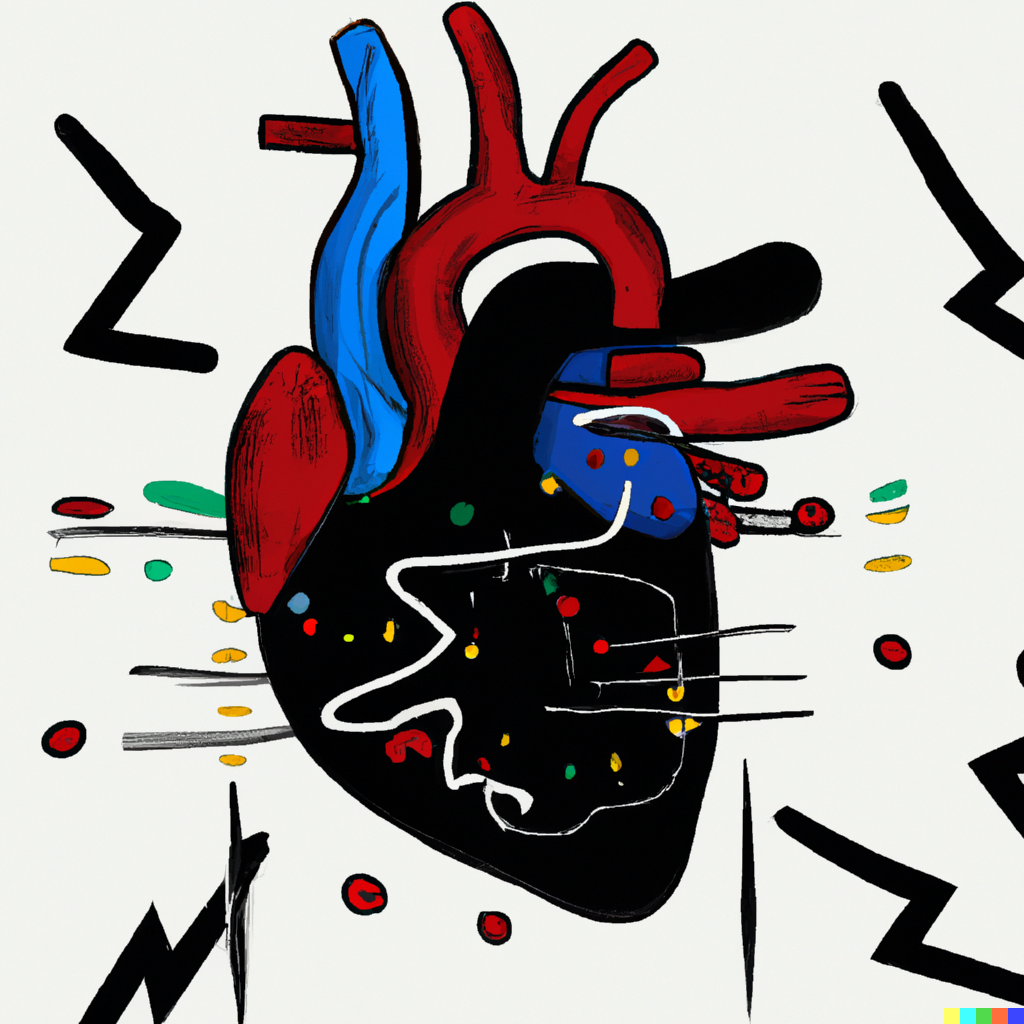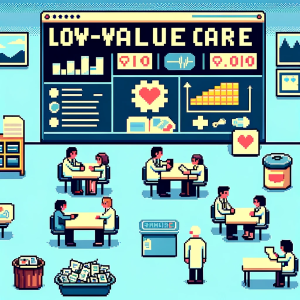
Understanding and Preventing Tachycardia: A Public Health Perspective
In the vast landscape of heart-related issues, tachycardia is one of the more intriguing subjects. Yet, while its technical definition—a heart rate that exceeds the normal resting rate—might sound simple, the implications for public health are profound. Let’s break this down and explore how prevention plays a significant role.
What is Tachycardia?
Tachycardia originates from the Greek words “tachys,” meaning swift, and “kardia,” which means heart. In essence, it’s the medical term for a heart rate that’s too fast. An adult’s resting heart rate should hover between 60-100 beats per minute (bpm). With tachycardia, the heart races beyond 100 bpm, leading to palpitations, dizziness, or chest pain.
Why Prevention Matters
When your heart beats too rapidly, it can’t efficiently pump blood to the rest of your body. Over time, this can result in many complications like heart failure, stroke, or sudden cardiac arrest. Focusing on preventive strategies can significantly reduce these risks and ensure healthier heart rhythms for everyone.
Public Health Implications of Tachycardia
From a public health standpoint, tachycardia serves as a significant burden. Increased hospitalizations, medical expenses, and missed workdays contribute to the economic strain on our healthcare infrastructure. Moreover, the emotional toll on affected individuals and their families is immense. With the rise in lifestyle-related diseases, tachycardia and its complications could increase unless we prioritize preventative measures now.
Policy Implications
Addressing tachycardia from a policy perspective means ensuring citizens have access to regular health check-ups, where potential heart issues can be diagnosed early. Moreover, policies should promote heart-healthy lifestyles, including physical activity, a balanced diet, and stress-reducing activities. Public health campaigns can spotlight the dangers of excessive alcohol or caffeine consumption and the importance of avoiding illicit drug use—all potential triggers for tachycardia. Investing in these areas not only saves lives but reduces long-term healthcare costs.
Resources for Further Reading:
- American Heart Association – Tachycardia
- Mayo Clinic – Tachycardia Overview
- Centers for Disease Control and Prevention – Heart Disease Prevention
- World Heart Federation – Resources on Heart Rhythms
Stay Updated on Public Health Topics!
Interested in more insights like these? Sign up for our free weekly newsletter, This Week in Public Health. Dive into the latest updates, strategies, and breakthroughs that shape our public health world. Don’t miss out—join our community today!



